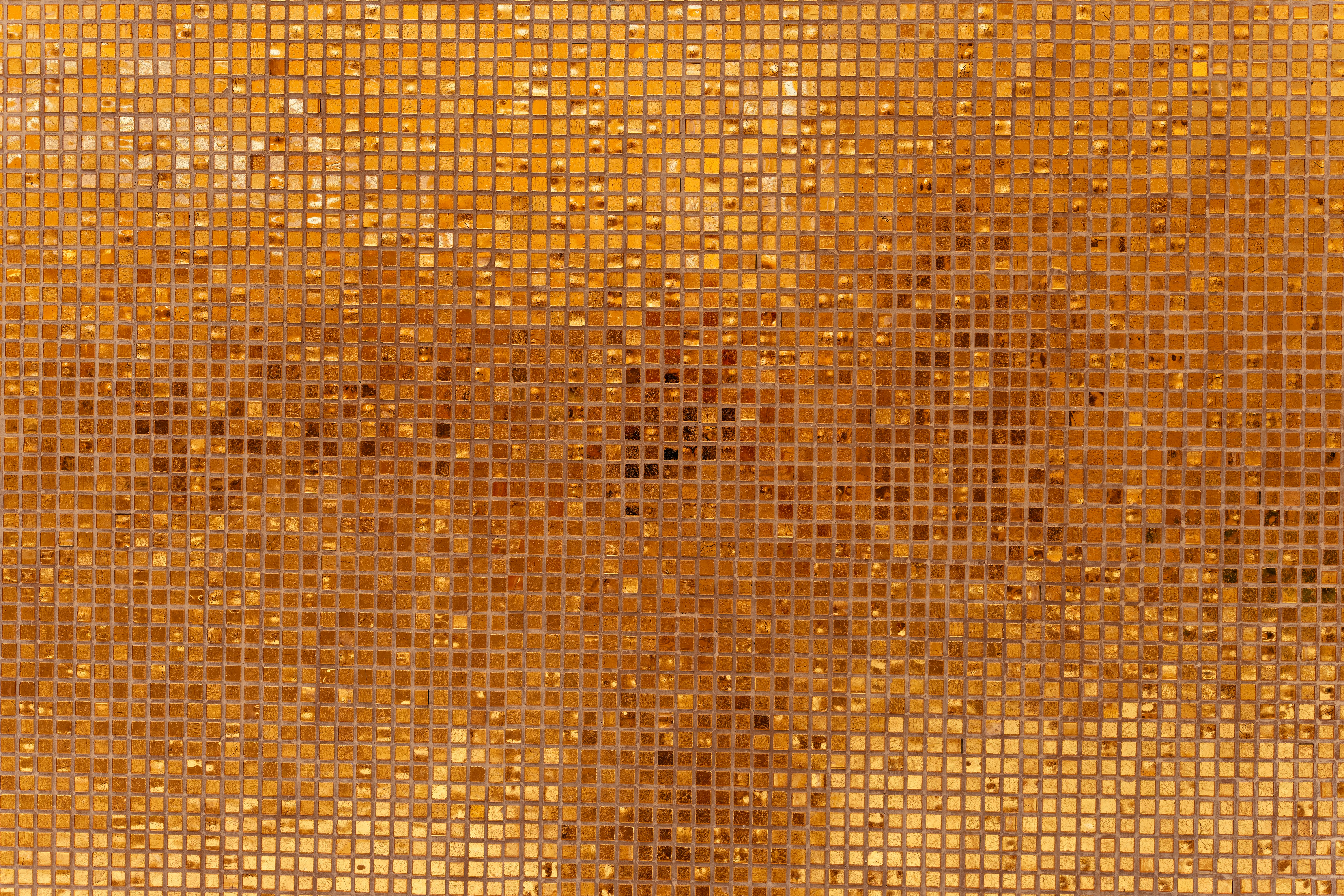NewPeak Metals Limited Unveils Robust REE & Uranium-Vanadium Assay Results at Treuer Range, with TREO Values up to 645 ppm, Signaling High-Value Exploration Potential
Thursday, August 14, 2025
at
8:18 am
NewPeak Metals Limited’s latest surface sampling at Treuer Range shows promising rare earth element anomalies, including high TREO and LREE values. These encouraging initial results lay the groundwork for further exploration into rare earth and uranium–vanadium mineralisation in Australia’s Northern Territory, offering exciting potential for future development.
NewPeak Metals Limited has revealed promising results from its inaugural surface sampling program at the Treuer Range project in the Northern Territory’s Ngalia Basin. The field work, executed in collaboration with Pinata Resources Pty Ltd, focused on evaluating both rare earth element (REE) concentrations and the potential for uranium–vanadium mineralisation associated with Bigrlyi-style deposits. Several rock chip samples returned notable REE values, with Total Rare Earth Element Oxides (TREO) reaching up to 645.03 ppm, Light REE Oxides (LREE) up to 606.31 ppm, and LREE/HREE ratios as high as 26.7. In one instance, the combined Neodymium and Praseodymium oxides amounted to 93.05 ppm. These technical indicators suggest a significant enrichment in light rare earth elements that could be linked to various geological processes, such as accessory mineralisation within feldspathic sandstones, secondary REE mobility, or heavy mineral concentration in ancient river channels.
The technical evaluation highlights that sample distributions and accompanying radiometric readings confirm a complex geological setting with potential for multiple styles of REE enrichment. Field observations also identified minor anomalies in uranium (U) and vanadium (V) that might be associated with elevated sulphide levels, hinting at the presence of pathfinder minerals such as marcasite. This is particularly relevant given the project’s proximity to the known Bigrlyi uranium–vanadium deposit, which currently benefits from a significant resource estimate held by another entity. Detailed field documentation includes measurements from 48 rock chip samples and two termite mound (soil) samples, with RS-125 scintillometer data captured for parameters such as potassium and uranium assays across various target areas.
The announcement also contains comprehensive maps and tables outlining sample locations, assay values, and calculated oxide concentrations, which bolster confidence in the initial findings. The systematic approach to sample collection and analysis, from surface rock chips to soil-equivalent termite mound samples, reflects rigorous field procedures and quality control measures. Although comparisons are drawn with nearby REE anomalies reported on by other explorers, such as Sabre Resources Limited, NewPeak’s own data has not yet identified pegmatites, suggesting that the source of elevated REE values may stem from different geological environments.
Among investors, bullish sentiment is likely to arise from the strong assay results and favourable technical indicators such as high TREO values and elevated LREE/HREE ratios, which signal a potential new source of critical REE mineralisation. The association with uranium and vanadium mineralisation adds further intrigue, particularly given the strategic location within an established mining corridor. On the other hand, bearish sentiment may be driven by the inherent uncertainties of early-stage exploration, the absence of immediate drilling data to confirm true widths or continuity of the mineralisation, and the challenges associated with delineating complex geochemical signatures in a region where multiple exploration programs are underway. As further geological reconnaissance and systematic exploration work is planned, the market will be watching closely to see if these encouraging initial results can be translated into a viable mineral resource.




